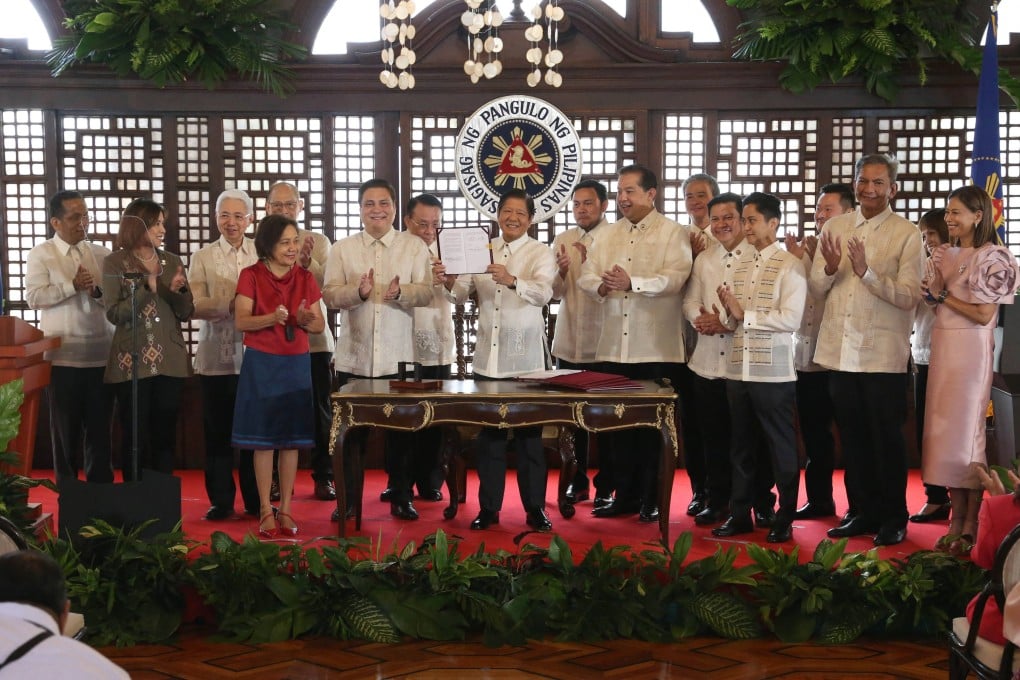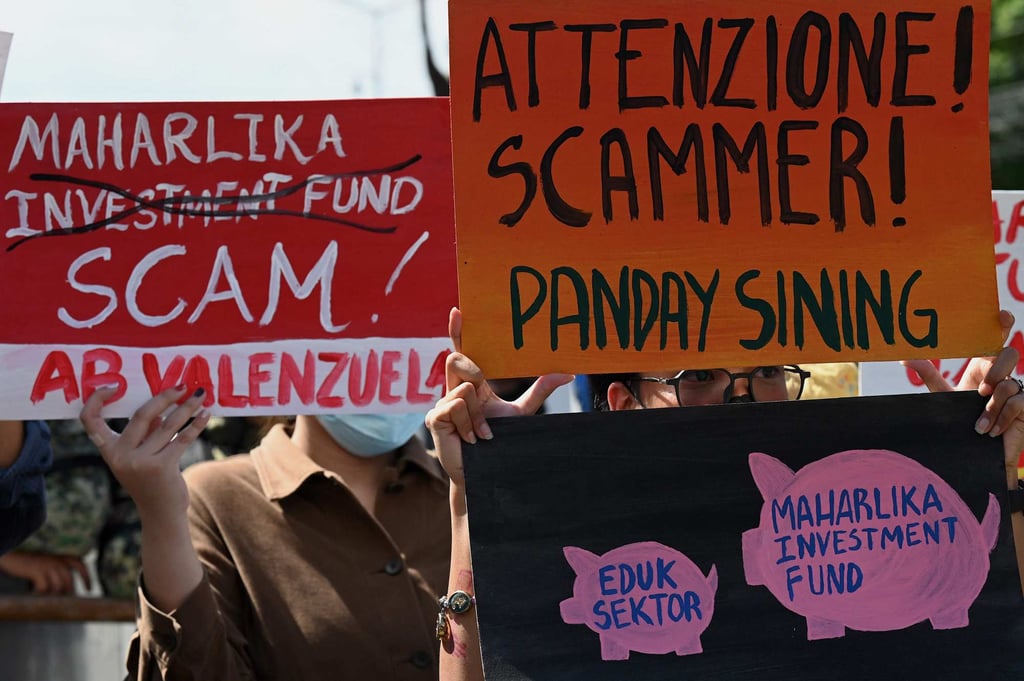Asian Angle | How Philippines’ first sovereign wealth fund can succeed against all odds
- Mineral reserves can be tapped into and the revenue used to help fund public works, while the Philippines’ strategic location is another asset
- But strong safeguards will be crucial, with critics saying the fund’s governance structure raises red flags and could expose it to political influence

In his second State of the Nation Address on July 24, Marcos Jnr said: “For strategic financing, some of the nation’s high-priority projects can now look to the newly established Maharlika Investment Fund, without the added debt burden.”

While mitigating the risks of a debt-fuelled infrastructure build-up makes sense, one wonders if all current options have been exhausted before a new layer is created. More favourable lending terms could be negotiated with external development partners. There’s also public-private partnerships to consider, or encouraging domestic banks – including those owned by the state – to invest in promising infrastructure.
Key criticisms of the MIF have centred around its funding and governance structure. The government’s decision to draw funds from state-owned banks and the country’s central bank may compromise their ability to raise capital and fulfil their respective mandates. Those with pension funds have also opposed the MIF touching their money for fear of misconduct.
To allay such criticisms, the MIF could instead look to other revenue streams to maximise its potential.
The Philippines has the fifth-largest mineral reserves in the world, holding an estimated US$1 trillion worth of untapped copper, gold, nickel, zinc and silver. It’s already one of the world’s largest exporters of nickel and cobalt, metals critical to electric-vehicle batteries and renewable-energy technologies. The room for growth is immense.

